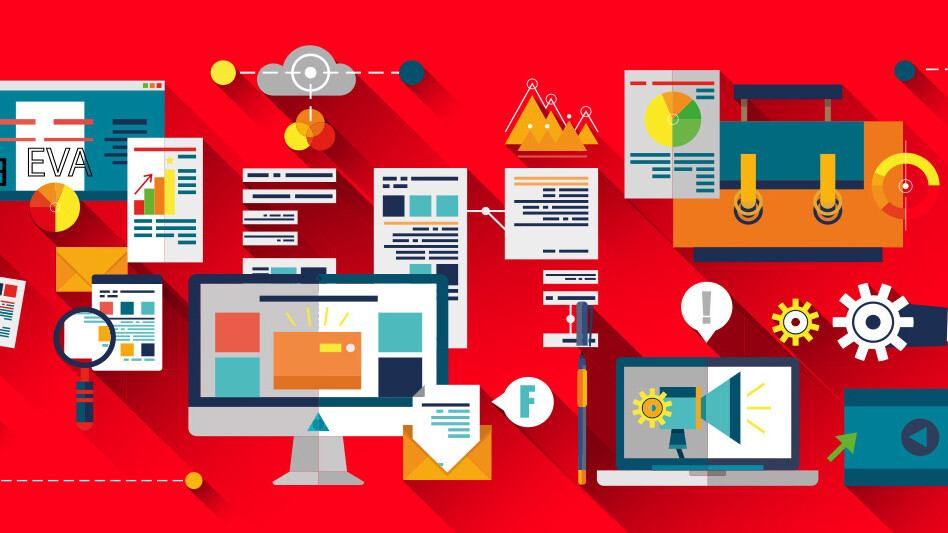
There are only two ways of playing a strategy game, be it chess, billiards, or poker. You can wait for your turn and devise the next move, or you can plan the next 10 moves for every step you take. Needless to say, good players never wait for their turn.
In the tech world, we have a slightly different game. It is called the data game. We’ve come up with several terms for it that you may have heard of, such as machine learning, advanced analytics, behavioral analytics, big data etc. In the end, they share the same goal, planning and predicting the next move.
Playing this game, like any other game, requires practice, but it is one of the most versatile and fast changing games you can play. The rules are not really set, and what might have been true yesterday may no longer be valid today. Your benchmarks and targets should change their levels frequently because your solution needs to be optimized constantly! And if you don’t… make no mistake, your competitor will change them for you.
It is important to reiterate that data analytics unfortunately has become another buzzword in today’s tech world. Many people talk about it, but few understand its importance, and how to apply it. Big companies like Facebook and Google repeat over and over again that they do not take a single step which is not data-driven and that might resonate as a simple principle, but have you ever found yourself reading a report that only gives you numbers? That you look at it and just try to react by seeing if they are growing or declining.
As stated before, a good player needs to plan in advance the next 10 moves, play out scenarios and contextualist the data. So how do you apply it to your enterprise and products?
If you are an enterprise trying to thrive in the digital world either via web or mobile, the first step is to know what to use data analytics for:
Refine the value proposition
What you want to offer the users can be very different from what they actually want.
- A successful solution is an ever-changing one. It has to always be optimized also in terms of a value proposition, and data analytics can show you what to “sell” based on what the customer wants to “buy”.
- Re-evaluate if what you are trying to sell is beneficial to the customers at that point in time and place.
Understand the actual user behavior
When defining the features and goal of the app, we think that it is all straightforward and intuitive, but the reality is that people will find alternative ways to use our solution and the actual behavior might be completely different.
- Data will tell you what the most accessed features are, how people engage with them, and how they actually utilize them for their own benefit.
Perform a natural selection of your ideas
Creating a good website or app is many times tied to our own subjective view; it has to be actually validated by observing the usage numbers.
- Define what success means to you and how it’s measured.
- Understand which features are over/under-performing, and decide if you still want to support them.
- For every new idea/feature that comes up, make an evaluation based on the data you observed previously. Does it have the potential to be successful, or is there no data to support it?
Find ways to monetize on your solution
The digital economy is also a dynamic field. The way players monetize digital solutions have changed dramatically over the last few years.
- You will find out via data analytics that you can monetise on features that are complimentary to your value proposition, but are intensively used and part of the entire user experience.
After understanding what you can, and most importantly, need to accomplish with data, you actually need to know how to squeeze the juice out of those stats. Data analysis is about simple steps of a thinking methodology. When looking at stats, you should try to:
- Identify what the facts are (raw data put into context)
- Make assumptions (interpreting a data pattern or distribution)
- Draw a conclusion (turn your assumption into a prediction)
- Sketch an action plan to validate your assumption (Define what are the next step to make sure you are going in the right direction)
By using this simple thinking structure, you can turn any report into an actionable plan, and that will give you a powerful process to properly interpret situations, predict outcomes, and make improvement decisions.
But as we all know, having the theory is not enough. We need the decisive factor in any game, which is the actual player. “Analytical Skills” is something you see in many CVs, and people usually take what it actually means for granted. In a nutshell, it is possessing the skills to actually frame the right questions, identify opportunities, and play out future scenarios. Let’s put things into perspective and get into a player’s head:
- My app has an average session duration of 60 seconds.
- Are these stats good or bad? Are they based on benchmarks or historical data?
- Users utilize 30 percent of my available features within the 60 seconds
- Which features need to be optimized, and how much of it?
- What should be tested to validate that?
- How long should it be tested for?
- The remaining 70 percent of my features is actually 50 percent of my app code
- How fast can I make changes?
- How impactful could those changes be?
- Of the 70 percent, many are also used in successful apps from other industries
- Why do other companies have better/worse stats? Can I use strategies from other industries?
- The new release is coming up and we have the same capacity to develop new features that we had for the previous release
- What is a good/bad idea for a feature? Why?
- What have I learned?
- How has my business and data changed recently?
- What is no longer applicable as a measure for success?
- Which stats are actually supporting my value proposition and business case?
Now that you have the basics, let’s play the game! Remember, it is with the most simplistic data that you can get the most juice out of it.
So, look at your last web/app performance report and tell me, do you see numbers or opportunities?
Get the TNW newsletter
Get the most important tech news in your inbox each week.





